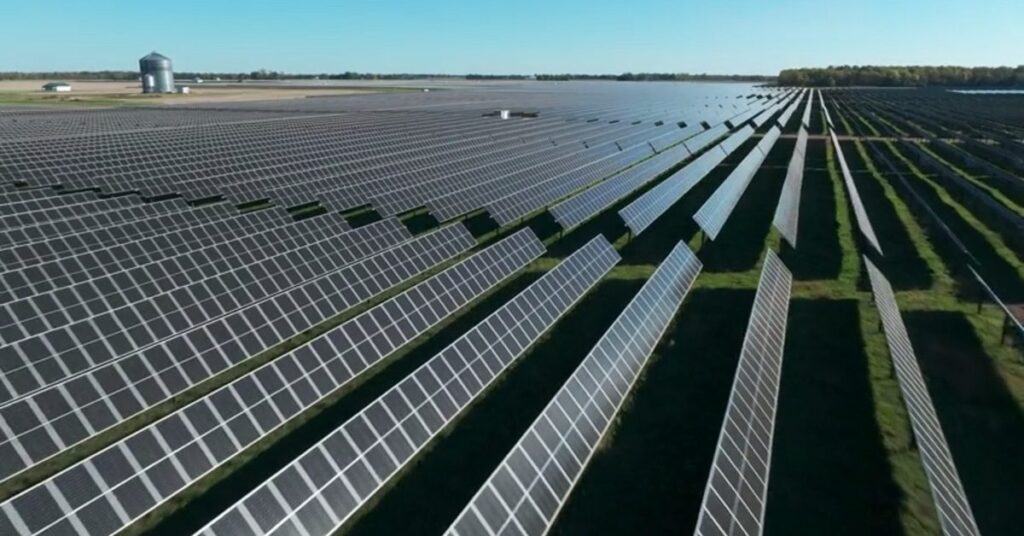Renewable Energy Dominates U.S. Power Capacity Growth in 2024
In 2024, the United States saw an overwhelming surge in renewable energy as its primary source of new electricity generation, with solar power leading the charge. According to the latest data from the Federal Energy Regulatory Commission (FERC), reviewed by the SUN DAY campaign, renewable sources like solar, wind, and others contributed to more than 90% of the new electrical generating capacity.
Solar power alone was responsible for over 81% of the new capacity added this year. December marked the 16th consecutive month where solar was the largest source of new capacity, showcasing its pivotal role in the country’s energy landscape.
Breakdown of New Capacity Additions
The December 2024 “Energy Infrastructure Update” report from FERC highlights that solar contributed 4,369 megawatts (MW) across 105 new units. Wind energy added another 324 MW from two units, and biomass contributed 45 MW. Together, these renewables accounted for nearly 87% of the new capacity for the month. The remaining capacity came from natural gas, which added 717 MW.
Over the entire year, solar and wind together added 30,816 MW and 3,128 MW, respectively. Hydropower, biomass, and geothermal also contributed to the renewable mix, totaling 31.0% of the new capacity added in 2024.
Solar’s Growing Impact
In December alone, solar energy made up 80.1% of all new capacity. Throughout 2024, solar additions nearly tripled those of natural gas and nuclear power combined. This consistent growth has positioned solar as the leading source of new electricity generation for 16 straight months, beginning in September 2023.
FERC’s data also reveals that the new solar capacity added in 2024 is expected to produce significantly more electricity than new nuclear and natural gas capacities combined, even when accounting for differences in capacity factors.
Renewables’ Expanding Share
As of the year’s end, solar and wind accounted for 10.2% and 11.7% of the U.S.’s total utility-scale generating capacity. Together, they make up over one-fifth of the nation’s capacity, with solar’s share now ten times what it was a decade ago.
In the next three years, FERC anticipates solar to continue its rapid growth, with net “high probability” additions projected to reach 91,558 MW by the end of 2027. This figure is nearly four times the expected additions for wind energy.
By 2028, solar is predicted to represent 16.1% of the U.S.’s installed utility-scale capacity, potentially surpassing coal and wind to become the second-largest source after natural gas.
Long-term Outlook
If small-scale solar installations are considered, the total U.S. solar capacity could exceed 320 GW within three years. This growth trajectory suggests that renewables could surpass 40% of the total installed capacity by 2028, outpacing natural gas.
“For more than a decade, renewable energy sources – led by solar – have dominated growth in US generating capacity,” stated Ken Bossong, executive director of the SUN DAY Campaign. This trend underscores the resilience and potential of renewable energy in shaping the future of U.S. energy infrastructure.
Original Story at electrek.co
